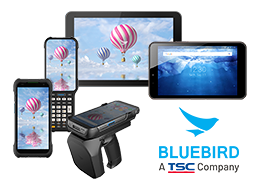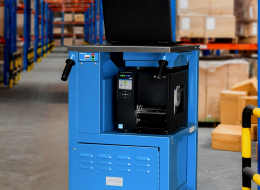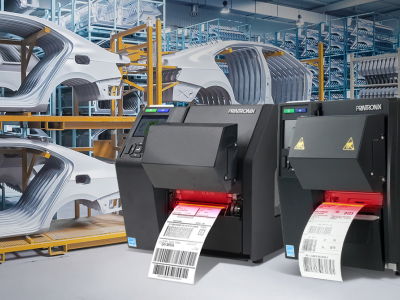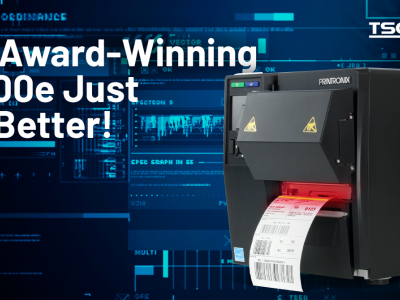How Barcode Technology Has Evolved from a Pack of Gum to Full Consumer Engagement
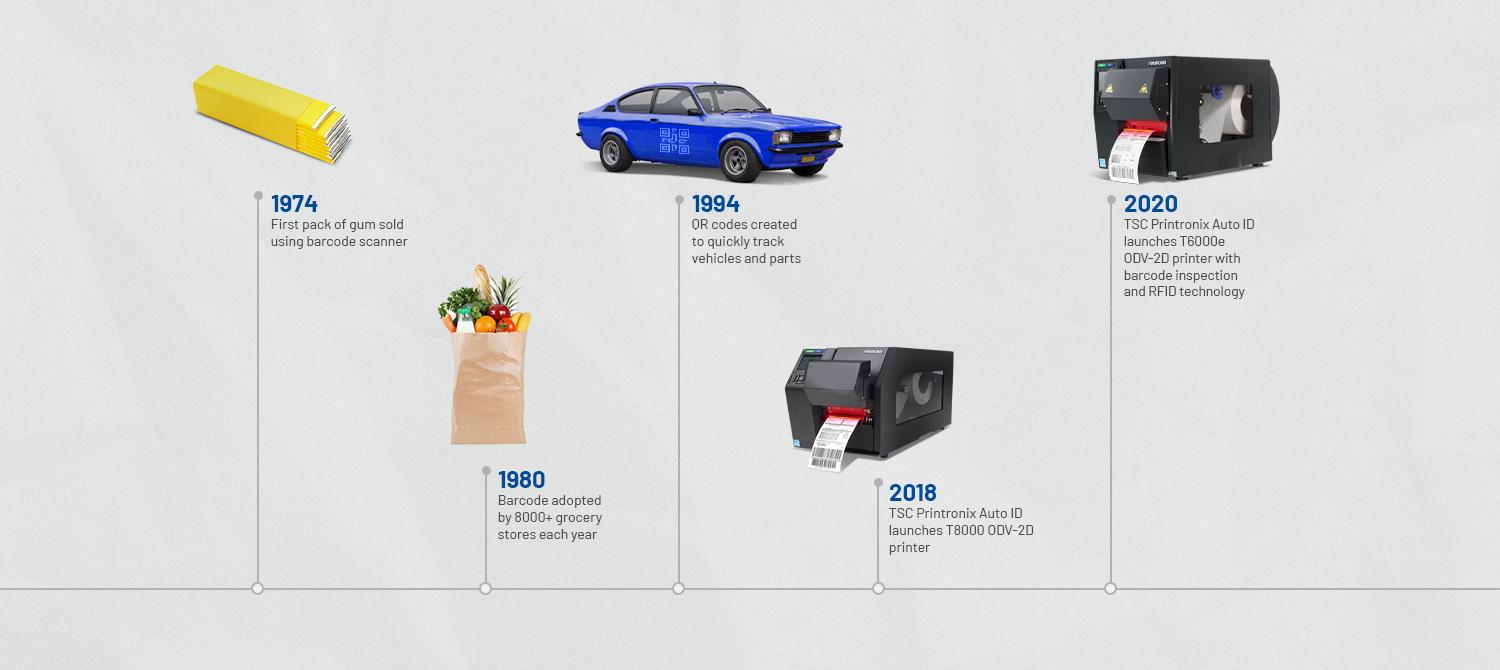
Barcode technology has been a massive success since its introduction to the retail space in 1974 when a pack of Wrigley’s chewing gum became the first commercial item scanned using a barcode. Since then, barcodes have become truly universal. From streamlining mobile point-of-sale and checkout, tracking packages through the delivery process, verifying patient identity in a hospital, to providing unpacking and installation instructions for new electronic devices, there is a demand for barcode technology in nearly every industry. Over the years, advancements in barcode technology has expanded its capabilities.
Decades of Expanding Barcode Capabilities
Early barcodes could store twelve digits of numeric information. Not surprisingly, as the barcode’s ability to speed business operations became more apparent, demands for more data to be shared in a single barcode increased.
Linear laser scanners that businesses once used could only read barcodes in one orientation. This meant that as the amount of data in the barcode increased the barcode grew longer. There was a limit to how long a barcode could grow before it ran out of room on a label. Although GS1-128 barcodes expanded 1D barcode technology by enabling multiple fields, total capacity was still limited to 48 characters with length restrictions. To expand barcode capacitates past this limit, it was necessary to stack 1D barcodes, such as DataBar, on top of each other, but the total capacity was still limited to 74 characters.
The use of cameras instead of lasers for barcode capture enabled barcodes to be scanned in any orientation and enabled barcodes to add a new dimension. In 1987, 2D barcodes were introduced with the capacity to store several hundred characters. Further enhancements have expanded 2D barcode capabilities to just over 7,000 characters.
How QR Codes Have Created a Direct Link Between the Manufacturer and the End User
One of the more recent advancements in barcode technology is Quick Response (QR) codes. A QR code can contain a string of several thousand characters. One common use of QR codes is to point a phone at a QR code and have a web browser go to the website link contained in the QR code. This link could take the user to product information, installation instruction, sign up for a discount, fill out a survey, or get additional information about the company. Adding a QR code to a product label provides a direct link between a manufacturer and a consumer. Manufacturers can leverage this technology to gain information about who has purchased or expressed interest in their products, and the consumer has direct channels for input or information. A company could put its sustainability policies in a QR code that a consumer could scan on the label. A QR code could even link the user to a video of the installation process for their new purchase. The ability to encode and directly connect a consumer and a manufacturer opens many new opportunities.
Scan the QR code below with your smartphone to see how the technology works.

Why Barcode Inspection is Critical for Higher Barcode Capacities
Barcodes have come a long way since their first commercial use forty-seven years ago with nearly a thousand times more capacity. With this increased data capacity and data density, there is a higher level of impact and possibility of a read failure if you do not have a proper barcode inspection system in place. Barcodes can communicate a tremendous amount of data, but that information is useless and can even cost the manufacturer money if the barcode is unreadable. Label inspection is crucial to ensure the correct information is delivered, avoid product returns, avoid fines in regulated industries, and build customer loyalty.
Our ODV-2D barcode inspection technology on the award-winning T6000e and T8000 enterprise printers has the ability to find, read, and grade each barcode label as it is printed. The technology uses ISO standards to give a letter and numeric score to each barcode. The grading score includes details of the ISO standard, the type of barcode, and the barcode data. An image is captured for every label and is available for archive and use by the host application. Reporting and recording every label helps organizations defend chargeback fees and penalties for unreadable or incorrect barcodes. For manufacturers encoding their barcodes with large amounts of information, this technology can help prevent and defend against large amounts of time for relabeling projects and tens of thousands of dollars in potential fines for bad barcodes.
For more information about barcode inspection, click here or contact your local TSC Printronix Auto ID sales representative.



